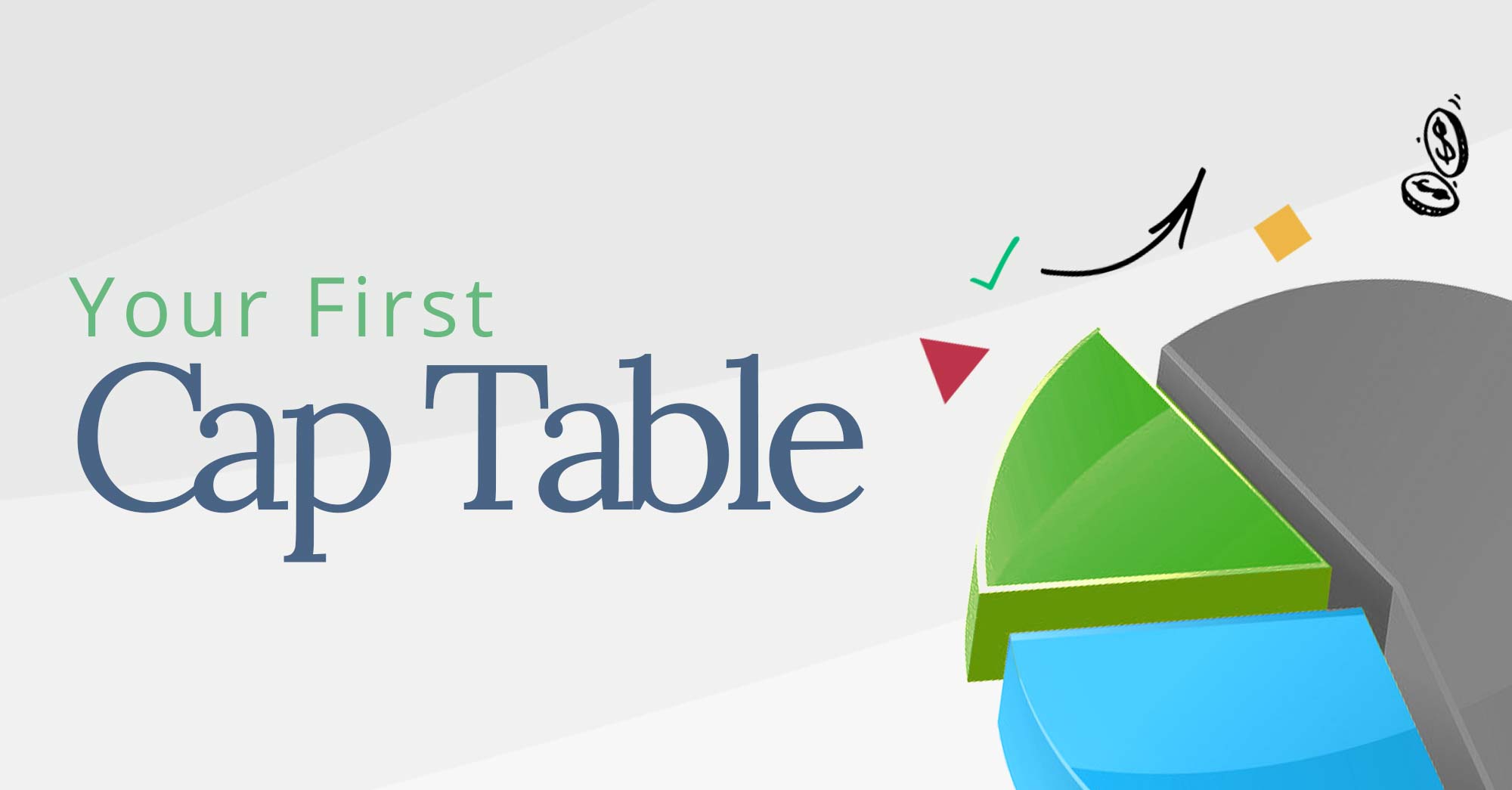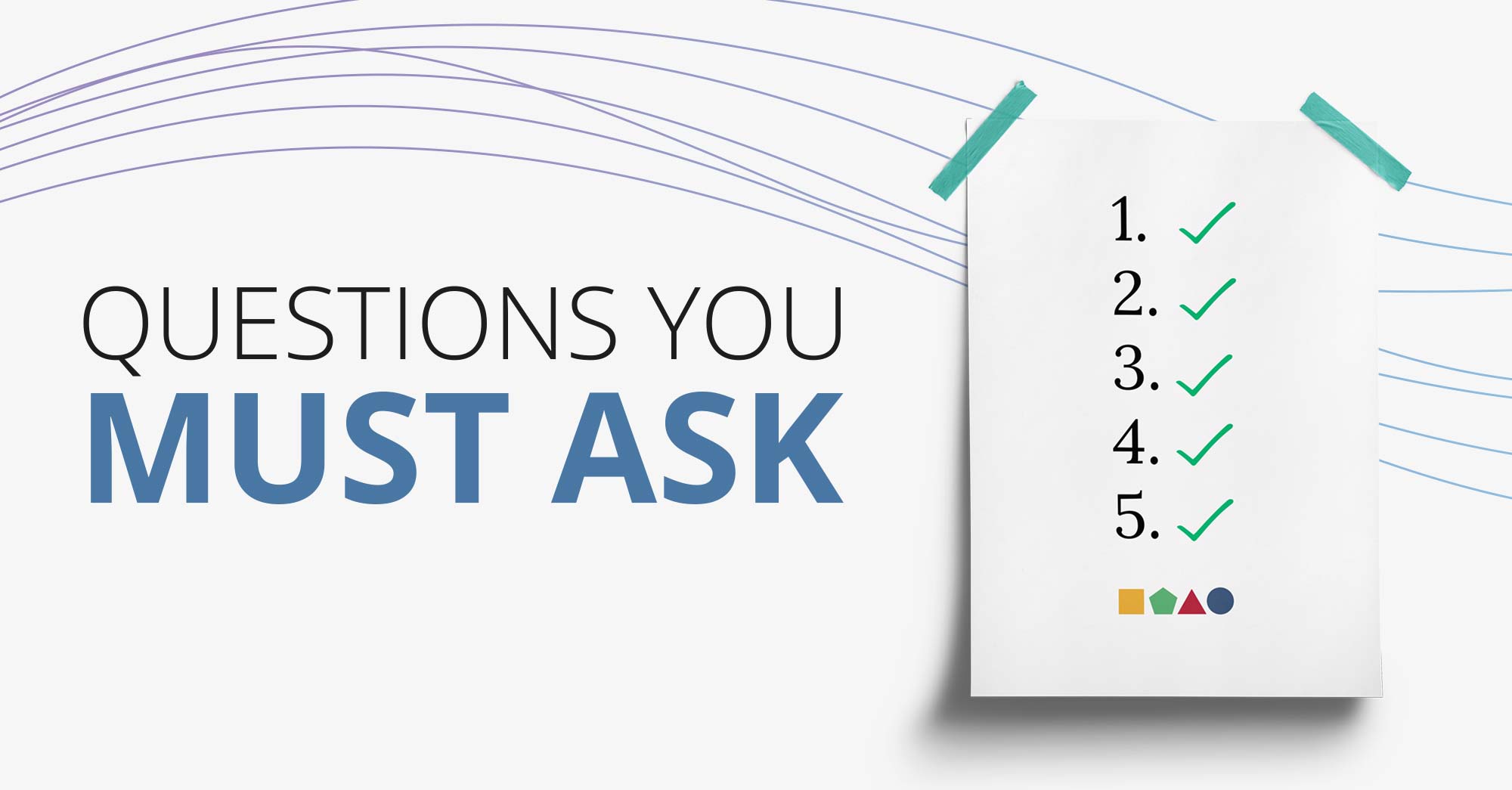To list the benefits of a CAP table would be a little like listing the benefits of breathing. It’s not optional, it’s essential – if you want your startup to survive, you need to build a CAP table.
If your startup is a building, think of your CAP table as your blueprint. A potential investor needs to know the architecture will hold up under future extensions – no corners cut and no hidden surprises.
With that said, however, not all CAP tables are created equally. Having a clear and dynamic CAP table can change the outcome of your company – if you get it right from the start.
The best way to do this is with CAP table management software. But if you’re looking to do it on your own, here’s a guide to help you create your first CAP table.
Purpose
The end goal of a CAP table is straightforward enough. You need to determine and display the composition of your company’s ownership. This shows investors two things: how much your company is currently worth, and how that worth is divided up between your shareholders.
Why is this so important?
We probably don’t need to explain why it’s so important to show investors how much your startup is currently worth. But you might be wondering about the division of share ownership.
Why is this so important to investors?
Dilution
It’s quite simple, really. The overall number of shares distributed to founders, first employees and first investors vary from company to company. 1,000 shares of one company might be 10% of the company, whereas 1,000 shares of another company are only 1%. And as more investors come on board, more shares can be released, which shrinks the percentage of ownership for the existing investors. This process is called dilution.
Company valuation
It doesn’t just get increasingly more dilute as investors come on board, however. Another facet of dilution is company valuation. A new investor means that everybody has a smaller percentage of the company. But that investor generally pays more per share, which means that each share is now worth more. So, yes, the investors have a smaller percentage of ownership, but their share value has gone up.
The details
What do you include on your CAP table? You need to be as clear and concise as possible while making sure that you are not losing any valuable information. This can be hard to do on your own. (CAP table management software will do this for you, with dynamic values and simple design – if you want to make sure to get it right.)
Your CAP table needs to reference and adhere to your corporate documents, as well as display, at the very least:
- Shareholder name as it appears on the security
- Date of issuance
- Number of shares issued
This is just the tip of the iceberg. You need to take convertible debt into account, as well as any exercises, past or future. You have to assume that all ownership is fully diluted – this means that you have to include information about all share ownership, even outstanding shares.
Get started now
Dilution is one of the most important reasons you need a CAP table, and you need it right from the start. With each round of investments, the CAP table becomes more and more complex. More investors mean more shares and a changing share price valuation.
It’s not something that can wait. Imagine yourself halfway through the construction of a house, and then discovering that your foundation is inadequate and crumbling. That’s what trying to fix a CAP table is like. Build it right, from the start – save yourself the hassle, and make sure that your first potential investor sees exactly what your company is worth.
How to use your CAP table
Not sure if a big investor is going to be beneficial in the long term? Run through their proposal and see what your CAP table looks like. Trying to recruit the best new CMO, but do they want a certain amount of ownership? Look at your CAP table. A well-built CAP table can quickly transform your decision-making ability. Contact Global Shares today to find out how we can help you set up or organise your CAP table.
Please Note: This publication contains general information only and Global Shares is not, through this article, issuing any advice, be it legal, financial, tax-related, business-related, professional or other. The Global Shares Academy is not a substitute for professional advice and should not be used as such. Global Shares does not assume any liability for reliance on the information provided herein.








